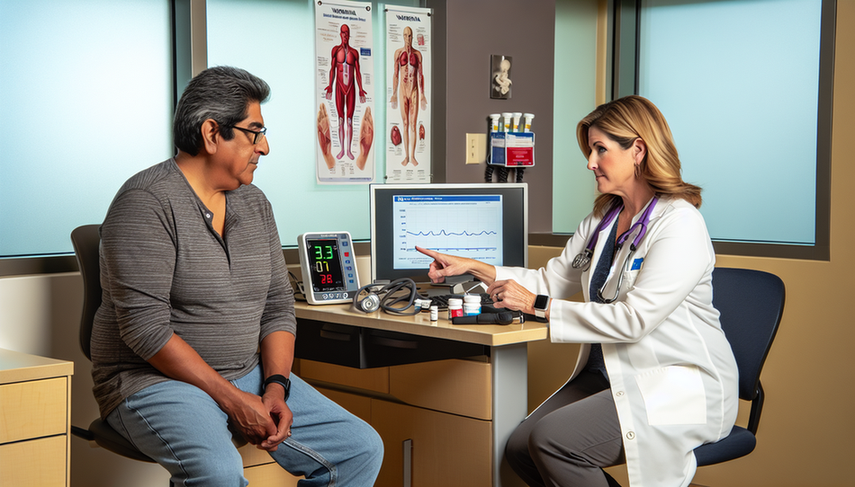Warfarin: Adverse Effects and Strict INR Control to Prevent Bleeding Complications in Anticoagulant Therapy

Warfarin is a widely used anticoagulant in clinical practice to prevent thromboembolic events in patients with atrial fibrillation, mechanical heart valves, and other predisposing conditions. However, its use requires careful monitoring of the INR (International Normalized Ratio) to minimize the risk of bleeding and other complications. Warfarin has a narrow therapeutic window, and its efficacy and safety can be affected by multiple factors, including drug interactions and a vitamin K-rich diet.
Importance of INR Control
INR control is crucial for the safe management of warfarin therapy. An INR outside the therapeutic range can increase the risk of adverse events. A low INR raises the risk of thrombosis, while a high INR increases the risk of bleeding. Studies have shown that patient self-management of INR using portable coagulometers can improve anticoagulation control and patient satisfaction [1]. Furthermore, educating patients about warfarin and its monitoring is essential to enhance adherence and INR control [2].
The use of home monitoring devices and participation in anticoagulation clinics has been shown to improve time in therapeutic range (TTR) and reduce complications associated with warfarin [3]. However, it is important to consider that factors such as advanced age and renal function can influence the required dose of warfarin and the risk of hemorrhage [4].
Conclusions
Managing warfarin therapy is a challenge that requires a multidisciplinary approach to optimize INR control and minimize the risks of complications. Patient education, the use of monitoring technologies, and collaboration among physicians, pharmacists, and nurses are key components to improving clinical outcomes. As the population ages and the need for oral anticoagulation increases, it is essential to develop strategies that mitigate the elevated risk of bleeding in older patients [4].
Referencias
- [1] Self-management of anticoagulation
- [2] The Effects of Educational Programs on Knowledge, International Normalized Ratio, Warfarin Adherence, and Warfarin-Related Complications in Patients Receiving Warfarin Therapy: An Integrative Review
- [3] Quality of anticoagulant control and patient experience associated with long-term warfarin in Canadian patients with non-valvular atrial fibrillation: A multicentre, prospective study
- [4] Influence of Age on Warfarin Dose, Anticoagulation Control, and Risk of Hemorrhage
Created 6/1/2025
